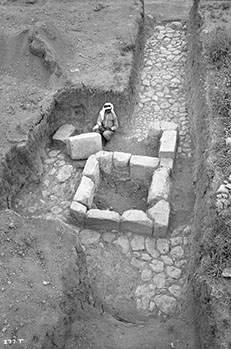
In 2008, while excavating in the area east of the Building I and II complex, in the area known as I-T in the Chicago excavations, a previously undiscovered structure was uncovered. 1m north of the eastern-most probe by the Chicago team ("I-T, E", seen on the left), the Toronto team uncovered stone steps that led to a mudbrick paved surface with a damaged ornately carved basalt column base, identical to those uncovered in the porch of Building I by the Chicago Team. A small basalt altar was also found on the steps in front of the west pier of the portico entrance, which was a fascinating parallel to Temple II which would have been located 10m to the southwest. The interior chamber appeared devoid of any remains save evidence of a white plaster floor.
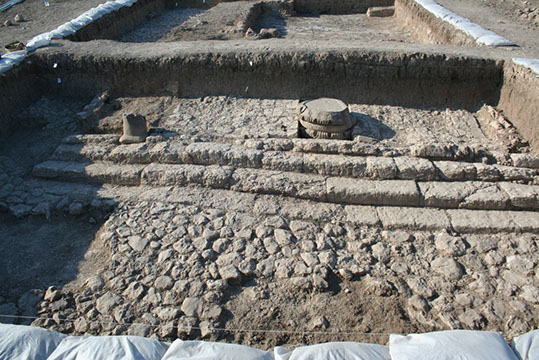
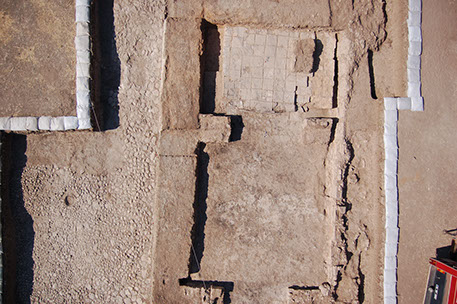
When excavations continued in 2009, investigation in the of the interior chamber identified interior piers and an additional room in the rear of the structure, dominated by a large mudbrick podium. The shape of the structure conformed to a typical temple-in-antis, and was a match in shape to Temple II excavated by Chicago, albeit in a smaller scale.
The off-centered nature of the podium, as lack of bonding of the interior piers suggest that they were later additions to the structure, again paralleling our understating of the construction sequence of Temple II, suggesting a conversion in the use of the temples during their life, most probably when the Assyrian's take control of the site and convert Tayinat into a seat of governorship.
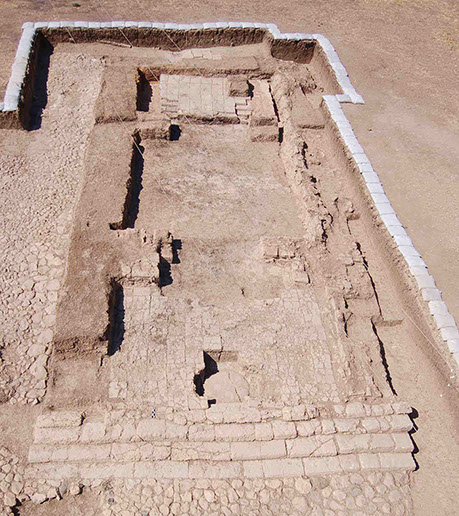
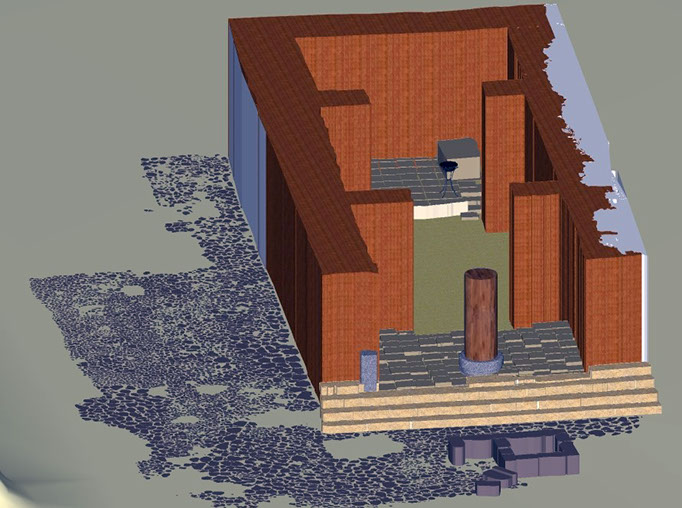
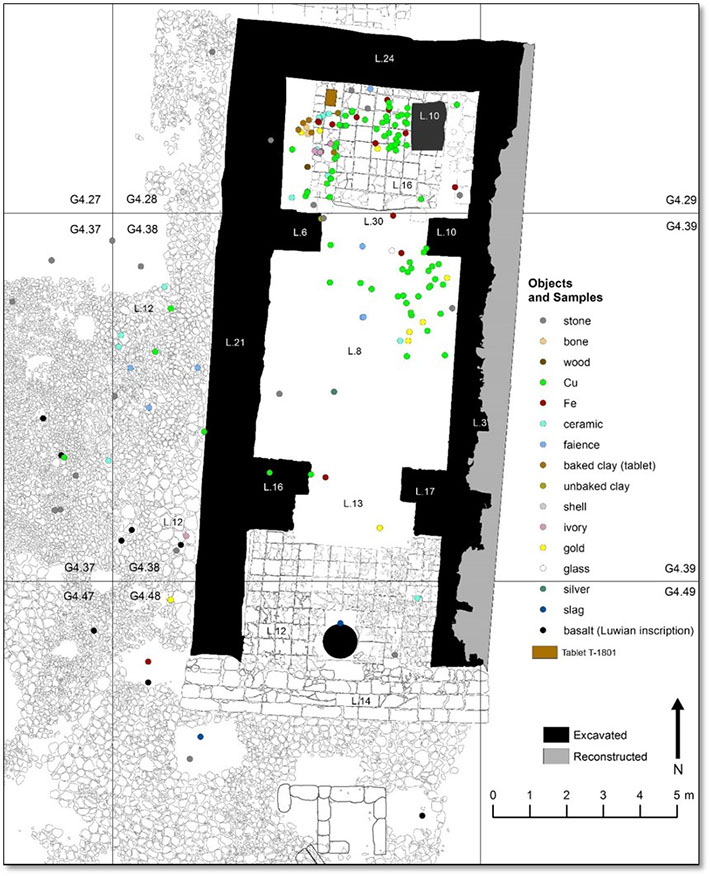
Excavation of the sanctuary at the rear of the structure identified a plethora of objects found on or around the mudbrick podium, including metal, bone and ivory fragments of furniture, evidence of an iron shield, ceramic vessels, including a glazed Assyrian vessel, a ornately carved stone pyxis, and a number of fragments of cuneiform tablets, the majority of which belong to the Iqqur îpuš genre.
In the northwest corner of the podium one large and predominantly intact tablet was uncovered. Identified as a copy of an Esarhaddon Succession Treaty Table, its discovery at Tayinat alters our understanding of the use of these tablets, as well as the influence they may have had on the development of other contemporary cultures.
The material identified in excavation podium appears to be the equipment necessary for the ceremony that would have taken place at the akiyu festival every year, where the local ruler would provide offerings while swearing his allegiance to the Assyrian King, through his symbol, the Treaty Tablet.
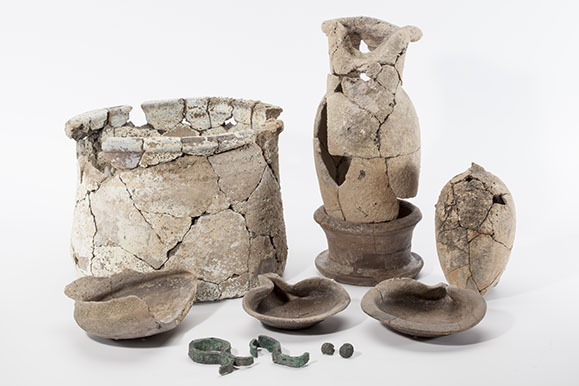
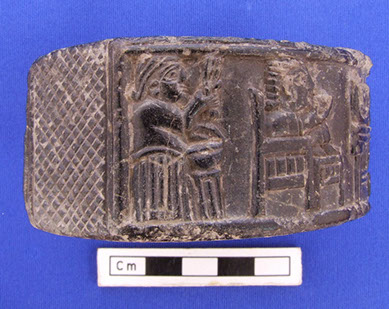


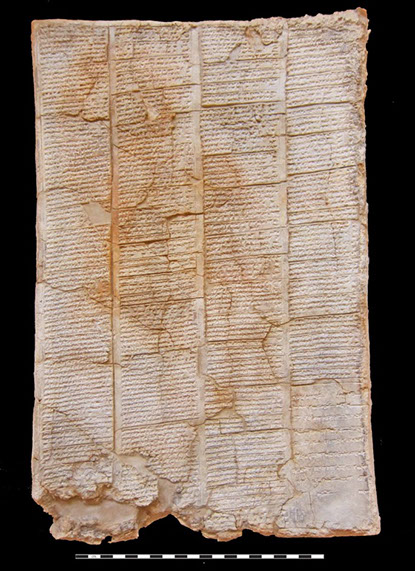
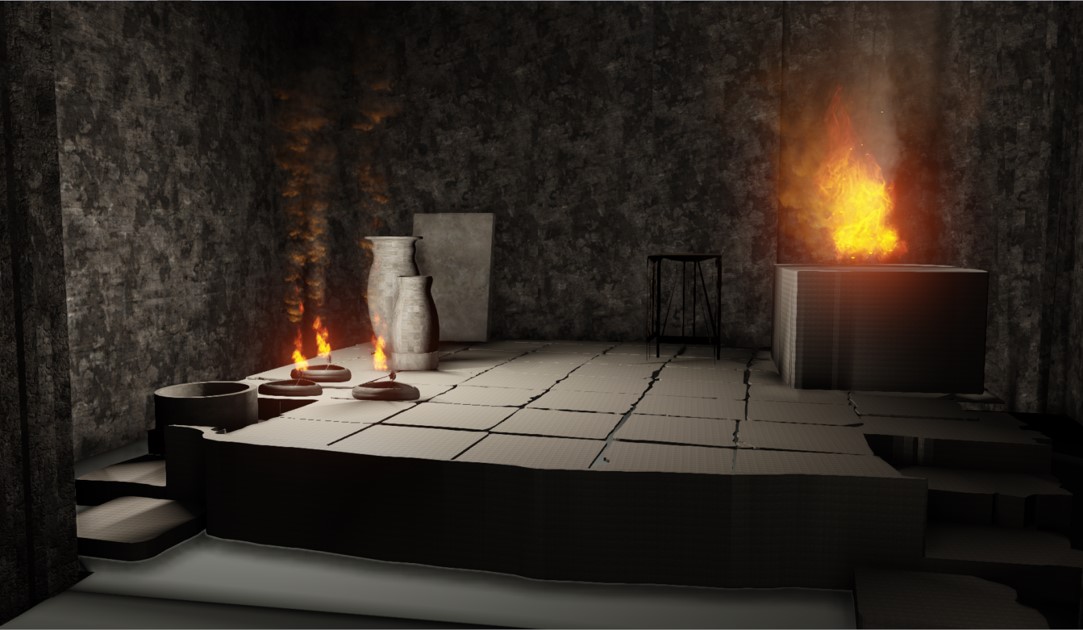
Aerial photo of Temple after excavation in 2009, and isometric reconstruction.
